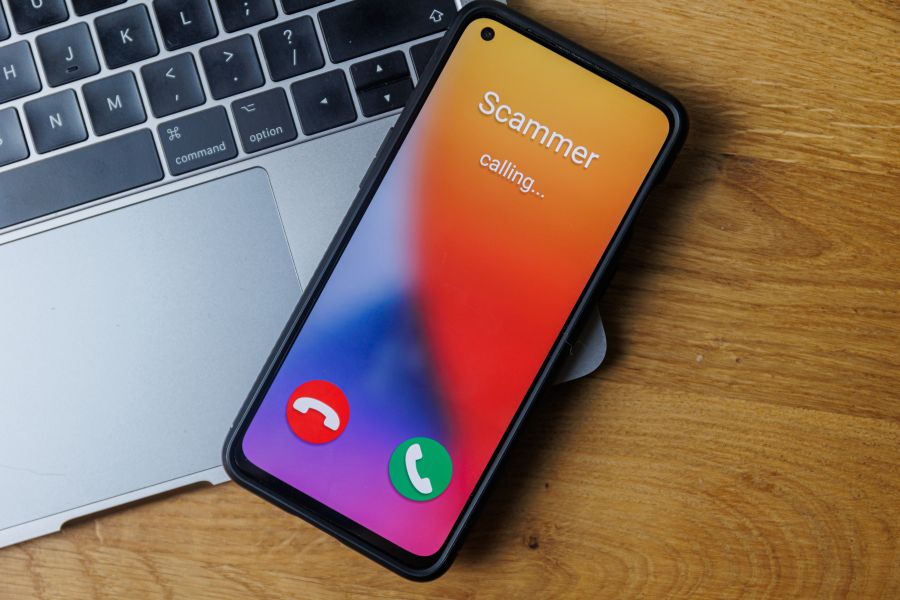
In late September, the New York Times ran an article by a crime reporter who covered scams for a living, and then almost fell for one himself. The scam? A man claiming to be a Chase Bank employee called to verify several Zelle transfers made from the reporter’s account. By the time he realized something was off, he had spent a whopping 16 minutes on the phone with the scammers, and had come very close to forking over $2,100.
The Zelle scam is an example of “vishing” - which is short for voice phishing. These are scams where criminals use phone calls to trick you into handing over personal information, sending money, or taking actions such as disclosing a multifactor authentication code.
Vishing calls can come from real people, robocalls, or even AI-generated voice clones.
The scammers might pretend to be from your bank claiming there is suspicious activity, and ask you to confirm your identity using your account numbers or PIN. They might claim to be your internet provider, and tell you your computer has a virus, urging you to install remote software. Scammers can even use AI to mimic the voice of someone you know, and claim they’re in trouble and need your help.
Their goal is to build just enough trust – or cause enough fear – to make you act without thinking.
Whatever the story, vishing calls have some tell-tale signs:
Hang up. You don’t have to be nice to scammers.
As an FBI agent advised: “Take that breath, take a beat. Think about what’s going on and what this call is about.”
Reporting helps shut scammers down. It also helps others avoid the same traps.
October is National Cybersecurity Awareness Month, an annual collaborative effort between government and industry to ensure we have the resources you need to maintain your security online. Throughout October, we’ll be sending you tips on protecting your information and avoiding malicious attempts to extract your personal data. Visit https://its.weill.cornell.edu/cybersecurity for more info.
Sources: